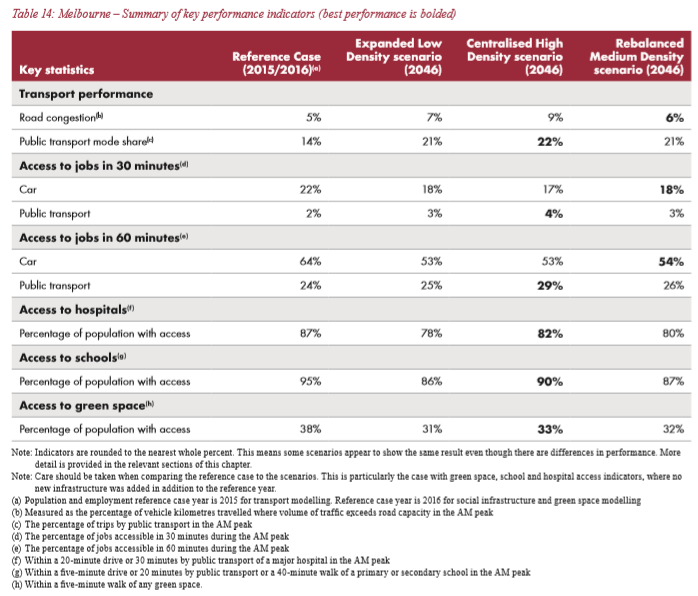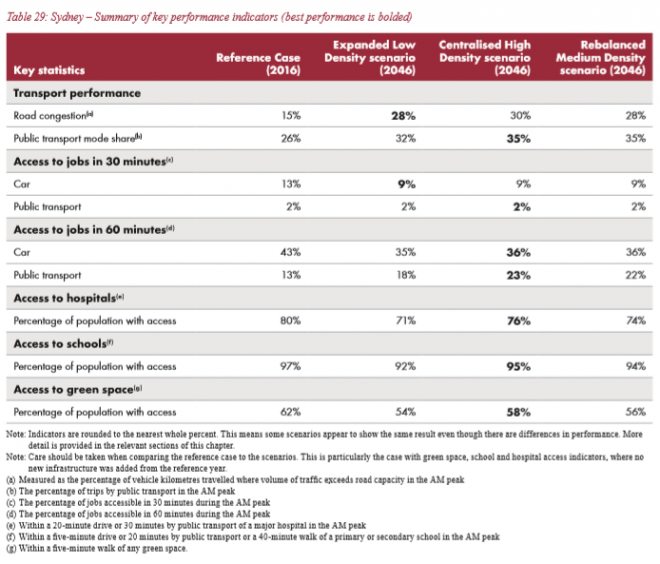Shadow Treasurer Chris Bowen delivered the Chifley Oration in Melbourne on Monday, whereby he argued that economic growth is too low, more than a million Australians are under-employed, and “far too many” workers are being underpaid:
Under the Liberals, the economy is not working for working people…
Too many Australians are being pushed to the margins, ignored by the Liberals in the suburbs, let down by the Nationals in the regions. Squeezed out of the middle class, cut-off from the fair go, denied the chance to fulfil their potential.
Not because they’ve been forgotten – but because they’ve been deliberately excluded. Not just left behind, locked-out.
…the employment situation in Australia is nowhere near as good as the incumbent government would have us believe. Australia’s unemployment rate was better than in comparable countries during the GFC and immediate aftermath. Now, we are underperformers compared to similar countries such as the United States, United Kingdom and New Zealand.But more concerning than the headline unemployment rate is the fact that it masks deep and persistent underemployment. There are 1.1 million under-employed people in Australia and another 666,700 who are unemployed, meaning there are 1.8 million Australians who want more work.
Simply put, the economy isn’t delivering for ordinary people.
- Growth is underperforming.
- 1.1 million people are under-employed.
- And far too many working Australians are underpaid.
The cost of living is rising but living standards themselves are stagnating…Australians are reminded of this every time they get paid, with wages growth at record lows…The government might actually be the last people in Australia to realise this.
Because in every single Hockey and Morrison budget, the wages growth forecasts have had to be downgraded.
And in this April’s Budget, we will inevitably see last year’s Budget wages growth forecast downgraded again, because yet again, wages aren’t growing as fast as they promised.
Wrong 5 years running.
And as Bill has said so many times, everything is going up except people’s wages.
We need to reflect on that for a minute. At a time of undeniably rising income inequality, of stagnant wages growth, at a time when the covenant of the post war settlement: that the fruits of increasing productivity are shared with the workers who help create it through wage rises, has been broken. It hasn’t been the parties that stand for fairness and redistribution that have benefited, it has been the sirens of closing off: closing off trade, closing off immigration.
Parties that haven’t had clear plans to deal with the concerns of the community have been beaten by movements and individuals who offer no coherent policy solutions but at least pay lip service to real and genuine concerns in the community that not everyone is getting a fair go.
Chifley would not have approved.
After all, Chifley was the leader who insisted – in the face of opposition from his own Cabinet – that Australia be part of the international economic and trading system, joining the World Bank and the IMF. The man who believed that post war immigration was so important to building a better country would not have had any truck with the populists, with the nativists…
He dreamed of universally affordable medicine, the PBS, a massive home building scheme and an immigration program previously unimaginable.
What Chris Bowen really has espoused is the recipe for a one-term government.
A slowing China necessarily means falling terms-of-trade for Australia. This means less national income to redistribute, and with it ongoing wage pressure.
In this climate, the last thing any incoming government should do is raise expectations for increased wages or living standards. This will only breed disappointment when wages fail to improve.
Successive governments have used mass immigration to disguise the post-China adjustment at the headline level. Massive people inflows supports aggregate demand while individual living standards decline.
Bowen’s vision is more of the same, only he plans to handle the inflows a little better than the Coalition via more investment in infrastructure, negative gearing reform to lower house prices, and industrial relations tightening to mitigate the wages fallout from the endless flood of cheap foreign labour.
But Bowen’s policy prescription won’t work.
Simplistically promising wage gains in the circumstance of declining national income is to repeat the same mistake that every government has made since 2011, raising expectations that it can’t meet. Especially so when, as we have seen for years, sustained high immigration crushes wages, no matter what industrial relations reform you propose. There simply won’t be any extra money to share. Add to that income scarcity shrinking wealth as house prices keep falling thanks to negative gearing reform.
Labor’s infrastructure agenda also won’t be nearly enough. For multiple reasons Australia’s system of government simply cannot build the new Canberra every year needed to offset current immigration flows, let alone catch up on the infrastructure deficit. A decade-plus of empirical evidence confirms this fact, as does Infrastructure Australia’s modelling for Sydney and Melbourne, which projects worsening crush-loading across roads, public transport, schools, hospitals and green space:


The reality is that mass immigration helps drive inequality via: 1) reducing the wages growth of workers; 2) raising their cost of living via housing; and 3) fattening the profits of the owners of capital (who benefit the most from mass immigration while ordinary residents bear the costs).
Lower immigration would result in stronger wages growth (other things equal), as there would be less competition for jobs and workers’ bargaining power would be increased.
Lower immigration would also mean less youth unemployment, as employers are incentivised to hire and train young workers and graduates rather than taking the easy route of importing a migrant.
Australia’s economic growth and job creation would also become more broad-based and less concentrated in inner Sydney and Melbourne. Lower population growth would take pressure off interest rates and the currency. Thus, the Australian dollar would fall more quickly than otherwise helping to cushion the post mining-boom adjustment as tradable sectors become more competitive more quickly. This would spread benefits much more widely than just the “citizenship export” sectors of education, as well as simply piling more unproductive consumers into Sydney and Melbourne (blowing the current account deficit and increasing debt).
Lower population growth would also lift productivity and income by decongesting cities and, over the long run, shares the depleting Australia’s fixed national endowment of resources over fewer people, also ensuring higher income per capita.
Specifically on wages, Chris Bowen would do well to read the book: The Wages Crisis in Australia, released late last year by a group of academics. Two chapters dealt specifically with the great Australian migrant wage rort (summary here), with the below paragraphs capturing the essence:
Scarcely a day goes by without another headline of wage theft involving temporary migrant workers…
Put simply, temporary demand for migrant workers often creates a permanent need for them in the labour market. Research shows that in industries where employers have turned to temporary migrants en masse, it erodes wages and conditions in these industries over time, making them less attractive to locals…
…It is the third point concerning underpayments and predatory business models that seems richest in implications. This point suggests, first and most obviously, added drag on wages growth in sectors where such underpayments and predatory business models have become embedded. If they become more widely practised, underpayments pull down average hourly wages. If a substantial number of firms in a specific labour market intensify strategies of labour cost minimisation by pushing wage rates below the legal floor, it can unleash a dynamic of competition around wage rates that foreshadows wage decline rather than wage growth for employees…
Increases in labour supply allow employers in sectors already oriented to flexible and low-wage employment, such as horticulture and food services, to sustain and extend strategies of labour cost minimisation… The arguments and evidence cited above suggest a spread of predatory business models within low-wage industries. They suggest an unfolding process of degradation in these labour markets…
That’s a key driver of Australia’s low wages growth right there: the systemic rorting of Australia’s visa system, which is undercutting local workers’ bargaining power, pay and conditions.
Think about it from an employer’s perspective: why would you grant a pay rise when you can easily replace a local worker with a migrant willing to work for less? You wouldn’t. Nor would you bother to train-up a local.
The problem of low wages growth won’t be solved until the avenue for cheap foreign labour is closed-off via restricting immigration – both temporary and permanent.
Chris Bowen and Labor needs to address the immigration elephant in the room.
Otherwise Labor will rule over further declines in living standards in the crush-loaded major cities even as they sells the electorate the opposite message and appears to favour everyone but Australians.

